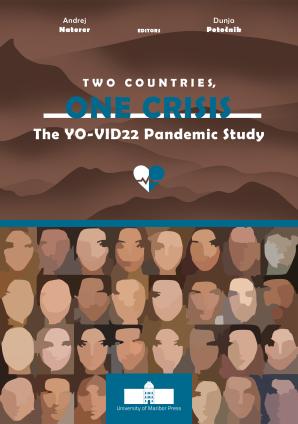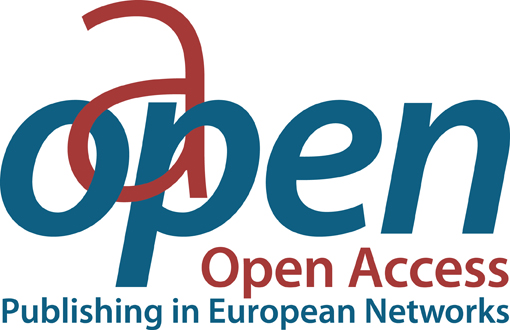4. Youth’s Educational Experiences Before, During and After the COVID-19 Pandemic
Synopsis
This chapter explores shifts in educational trajectories and student well-being in Croatia and Slovenia before (2018), during, and after (2023) the COVID-19 pandemic. Findings indicate that participation in formal education remains high, particularly in Slovenia, with girls more often enrolled in graduate studies. However, students from lower socioeconomic backgrounds were disproportionately excluded from higher levels of education, with inequalities especially evident in Croatia at the primary and secondary levels. The pandemic negatively affected subjective well-being, most severely among girls and young people in lower levels of education. Stress levels were consistently high, with differing patterns across countries and education levels, and were strongly linked to diminished well-being and academic performance. During the pandemic, schools and universities acted as crucial support structures, partly mitigating adverse outcomes, yet disparities persisted post-pandemic. Educational aspirations remained generally strong, though shaped by gender and socioeconomic status, revealing both resilience and entrenched inequalities in youth education pathways.
Downloads
Pages
Published
Categories
License

This work is licensed under a Creative Commons Attribution-ShareAlike 4.0 International License.






